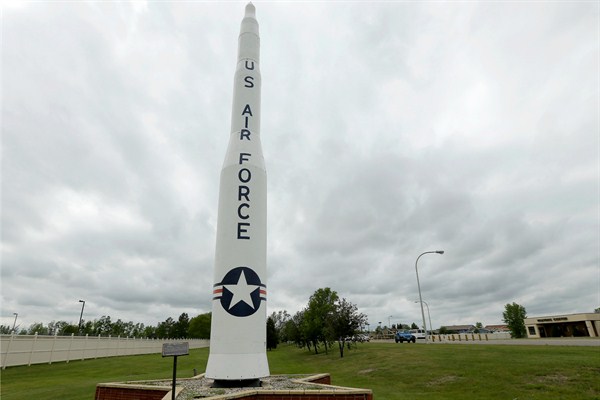Few noticed the negotiations at the United Nations for a legally binding prohibition on nuclear weapons, until they were quickly completed last month. On July 7, 122 states voted in favor of the Treaty on the Prohibition of Nuclear Weapons, which prohibits parties from engaging in activities related to the development, deployment or use of nuclear weapons, and lays out pathways to eventually disarm those states that possess them. The ban is likely to reinforce existing divides between countries that rely on nuclear weapons for their security, and those that don’t—an outcome for which proponents and opponents of the treaty both bear responsibility.
The way the treaty was negotiated was in many ways unusual. It did not involve any of the countries that possess nuclear weapons, nor did it involve most that rely on them within nuclear alliances. Only the Netherlands, which hosts U.S. nuclear weapons on its territory, participated in the talks, largely because of domestic political pressure. The treaty was also negotiated in “unprecedentedly limited time,” as noted by the head of Sweden’s U.N. delegation. The entire process lasted just over four months, with the majority of work completed in a mere three weeks. Some experts dubbed it a “shotgun treaty.”
Both the speed of negotiations and the nature of participation were largely by design. Proponents of a nuclear weapons ban are frustrated at what they perceive to be slow progress on disarmament, exemplified by the crisis in U.S.-Russia arms control, along with nuclear modernization by the Security Council’s five permanent members: China, France, Russia, the United Kingdom and the United States. In mid-2016, those concerns helped cement the determination of more than 130 countries to enhance the norms against the possession and use of nuclear weapons. In order to not lose momentum, a core group of states agreed that next steps needed to be taken while this small window of political opportunity existed, and that they needed results in 2017.

